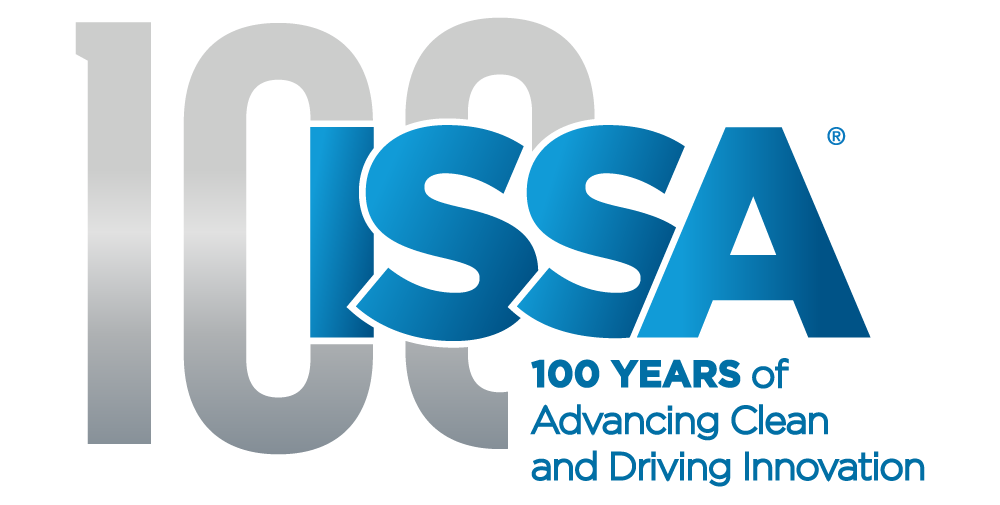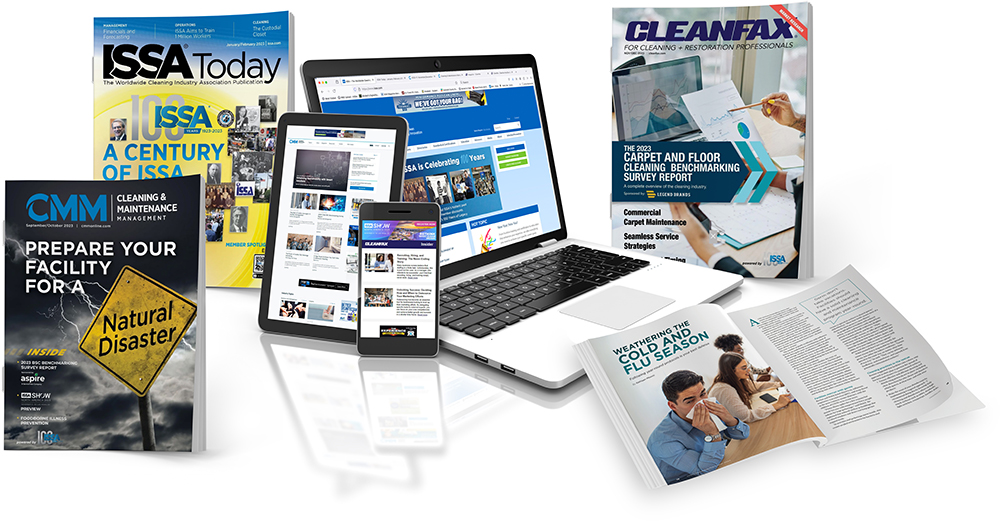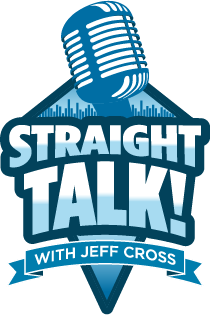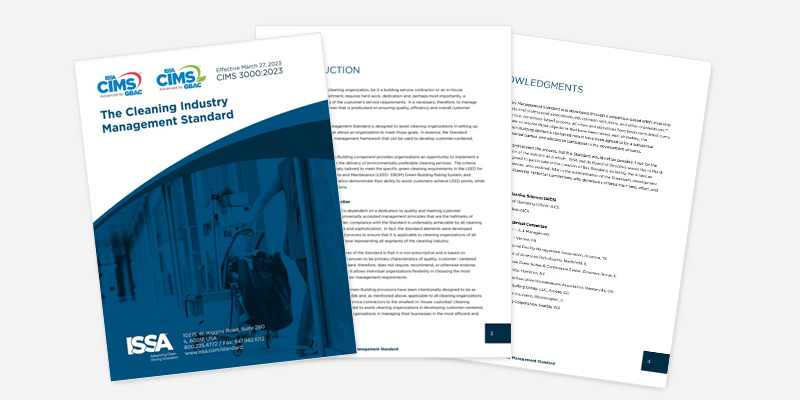The Art of Prospecting

Are your salespeople seeing a decrease in their prospecting numbers and ratios? If so, they are not alone. The landscape of sales is evolving rapidly, and we must evolve along with it. It’s time to redefine what cold-call prospecting means. By embracing a new definition, we will realize that prospecting is more important than ever.
How prospecting was done
Thirty years ago, the statistics were as follows: If you were calling from a good database, using a solid introduction, and not doing the generic “person who” call (“May I speak to the person who handles . . .”), you would typically get a contact (speaking to the person you wanted to talk to) on about one call out of every three. Then, if your introduction was strong, you’d secure an appointment from one out of every two to three successful contacts.
Thus, if you were doing it right, you’d get an appointment with every six to nine dials. That’s pretty efficient. Most of the time, salespeople working from a good database might average 20 dials per hour, so an hour of focused cold calling got you two to three appointments, establishing a direct relationship between calls made this week and appointments scheduled next week. For most of us, that’s changed.
How prospecting is done now
In most business-to-business (B2B) industries, you’re lucky if you get a contact on one of every 10 dials. I see that the contact-to-appointment ratio has also dropped, but not as drastically. It typically takes four contacts to yield one appointment, most likely because the one-size-fits-all messaging isn’t as effective. So doing it the old way, it takes about two hours of focused cold calling to get one appointment.
However, I noticed a curious phenomenon when I did cold-call training with my clients. When salespeople leave a robust voicemail message, their LinkedIn profile views increase in the next few days. Who’s viewing them? You guessed it—some of the people that they tried to call. That means that whatever they said in the voicemail interested the prospect enough to check them out, even if the prospect didn’t return the call (even 30 years ago, returned calls from voicemail ran about 10-20%, so that’s never been a strong lead generator). Approximately 25-30% of voicemails currently result in a LinkedIn profile view.
Prospecting can be successful
The goal of cold calling is simple: to find people who could buy from us but don’t know that we exist and spark interest in them so that they might buy from us, either immediately or in the future. If prospects are interested enough in what you said to type your name into LinkedIn and look you up, you have successfully sparked their curiosity. Next, of course, you should send them a connection request on LinkedIn. The idea is to get on their radar screen and stay there. And, if you can pick up three to four new LinkedIn connections from an hour’s worth of prospecting, you’ve won.
In redefining prospecting, it’s crucial to create awareness of your existence as someone who can solve problems for your customers. Previously, the cold-calling strategy held that any call that didn’t result in an appointment was a failure. In fact, I once taught salespeople to make three attempts to reach a prospect by phone before leaving a voicemail. That approach is now obsolete. Instead, voicemail should now be considered a messaging medium. Just like social media or LinkedIn, it can be used to create awareness.
With that in mind, here’s my recommended new prospecting process:
- Start with a good database. The data you begin with still matters. It would be best to have a database of targeted prospects using whatever demographics work for you. I usually recommend searching by geography, type of business, and company size. This database should include contact names and titles. Most quality databases do.
- Conduct three minutes of research. I used to recommend against this because, in the old “only an appointment is success” model, extensive research slowed down the process and cut into the number of quality dials. Now? Your message—whether delivered voice-to-voice or by voicemail—must be personalized. It should speak directly to your prospect, their position, and the company’s anticipated needs. Two or three minutes on their website and the person’s LinkedIn page should get you there.
- When you call, be prepared to deliver a concise and impactful introduction about how you can help the prospect with a potential need you’ve spotted. Remember, attention spans are short, and your introduction should be brief. Statistics suggest that you might get a contact only one-tenth of the time, but it’s crucial to be well-prepared for that call.
- Leave a voicemail message. Again, this approach is a departure from the past method. Leave a short, impactful voicemail about how you can help, and provide multiple contact options. Invite your prospect to call, text, or look you up on LinkedIn. Leaving an email address is fine if it’s simple and comes across well in a message. Remember, the first sentence must hit hard. You want to capture their interest before they tap the delete button.
- Watch your LinkedIn views. As I said before, you’re likely to get LinkedIn profile views from those you prospect. When you do, reach out, connect, and take a long-term, slow-play approach to messaging them.
- If nothing happens, wait a few weeks and call again, varying your message.
As a manager, overseeing prospecting activities is even more critical than it was in the past. Prospecting is more of a long-term, slow play now, so salespeople get that immediate dopamine rush from securing an appointment less frequently than they did a decade or more ago. However, if they execute this process consistently, diligently, and skillfully, their sales funnels can be as full as ever. That’s where your leadership comes in. Remind salespeople that, although prospecting requires a delayed gratification mindset now, it’s still a vital strategy and will yield results in the long run.
Prospecting has changed. Adapt to these changes and lead your team to success in the new era.


















